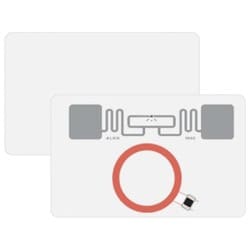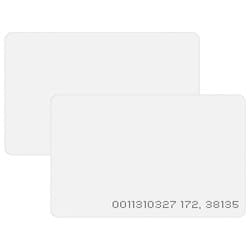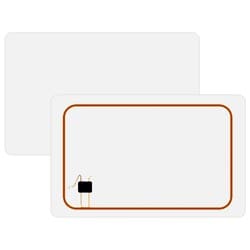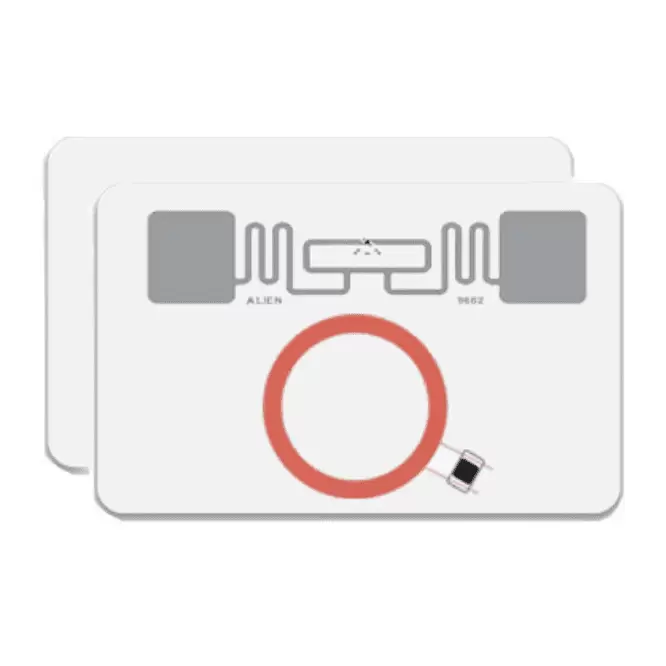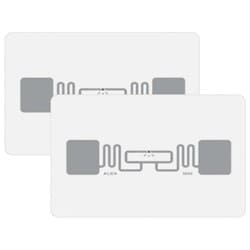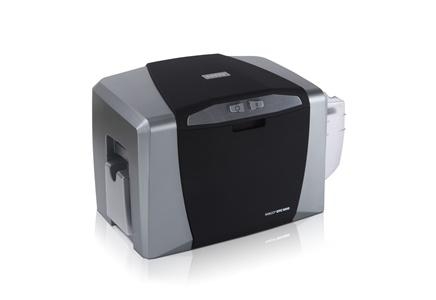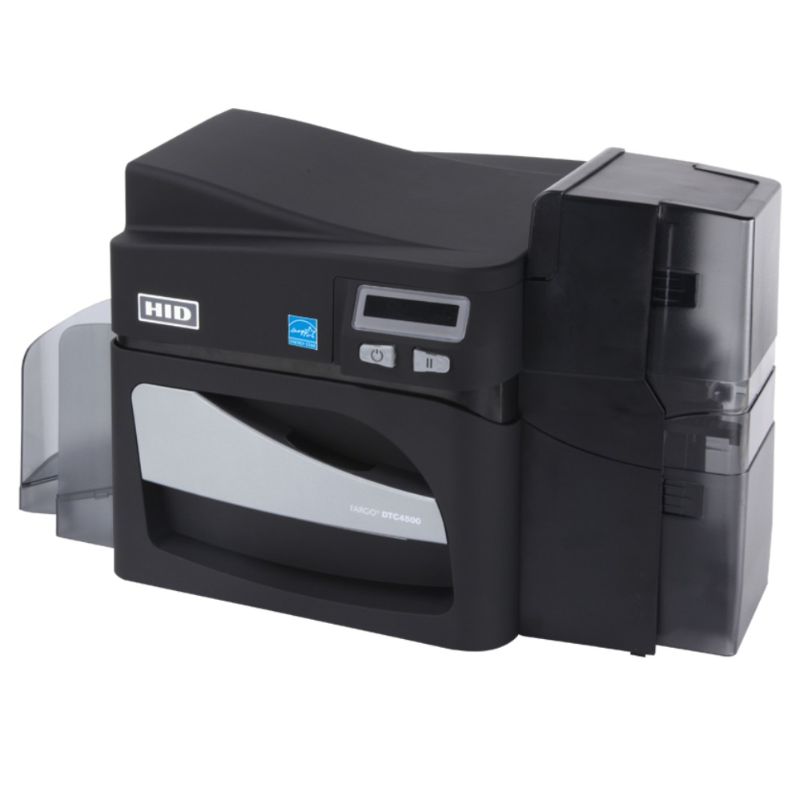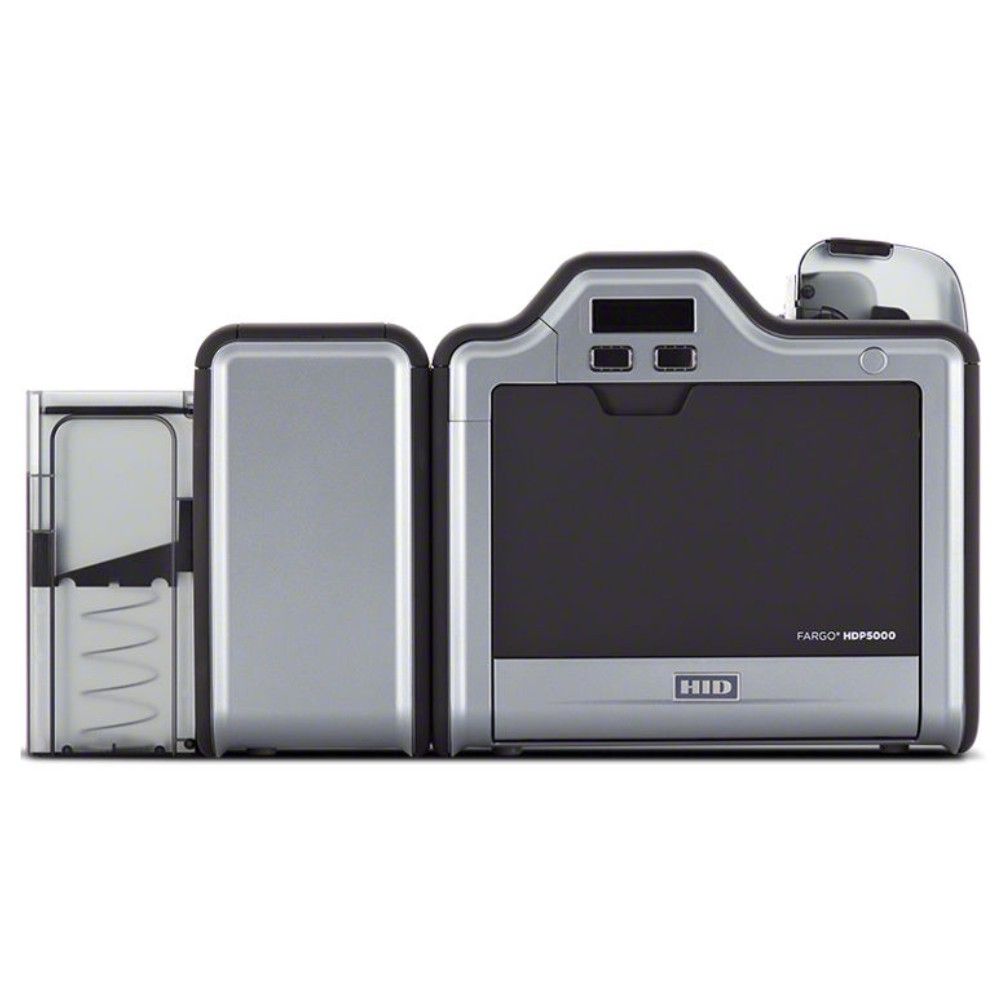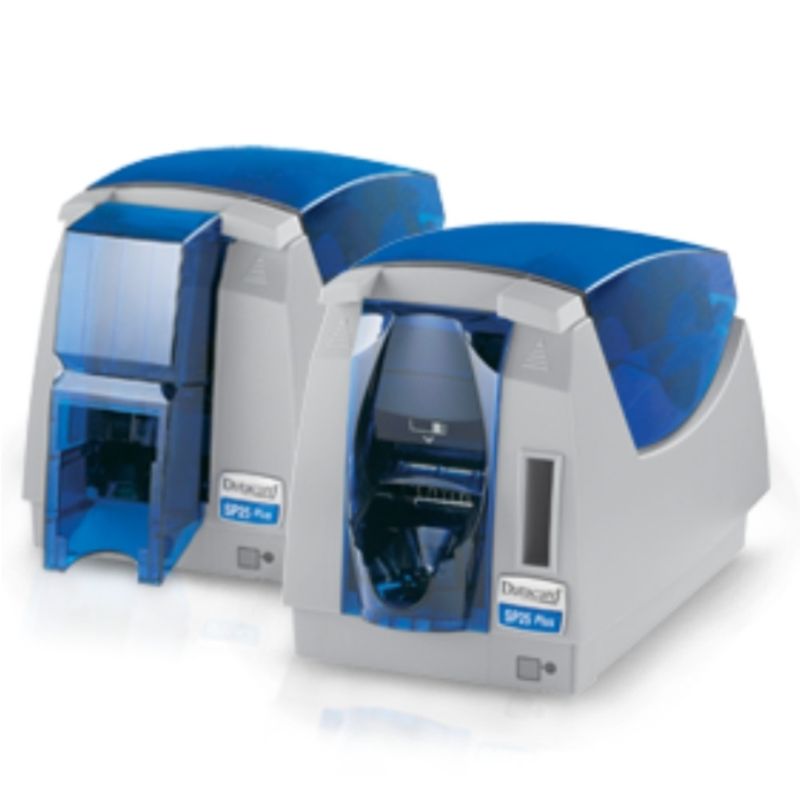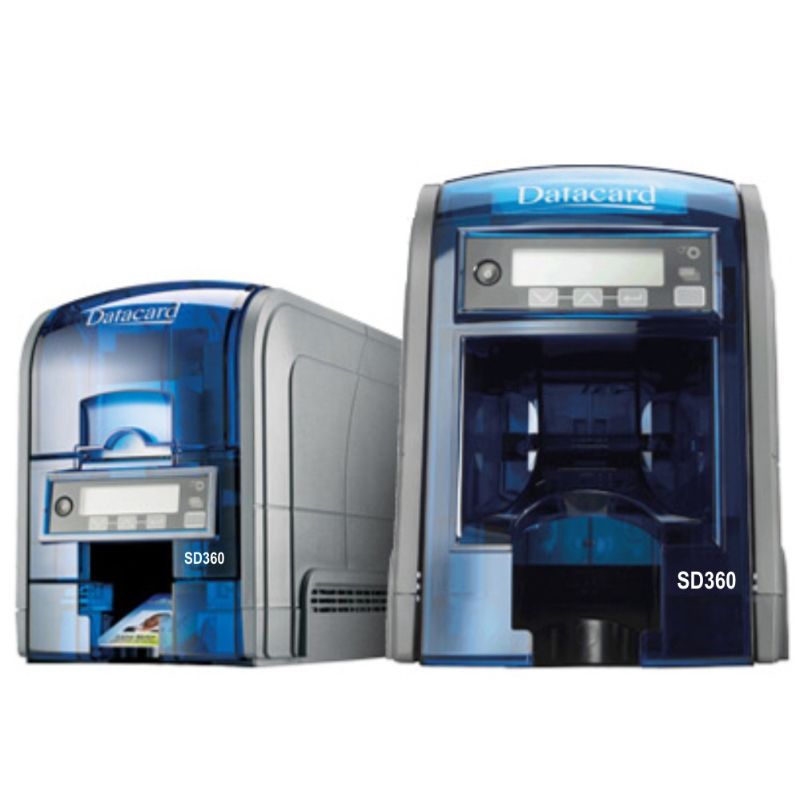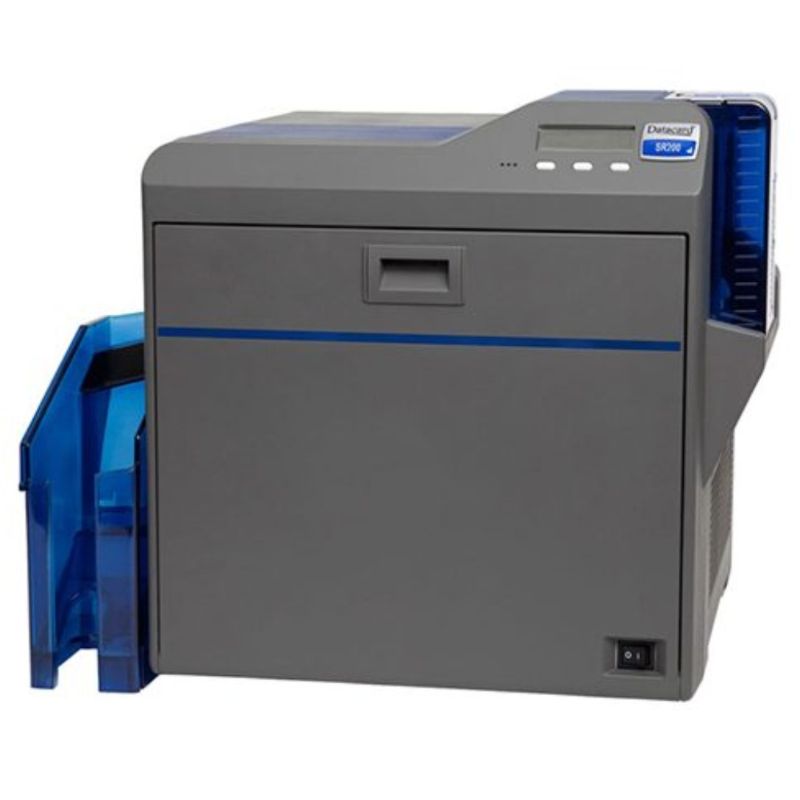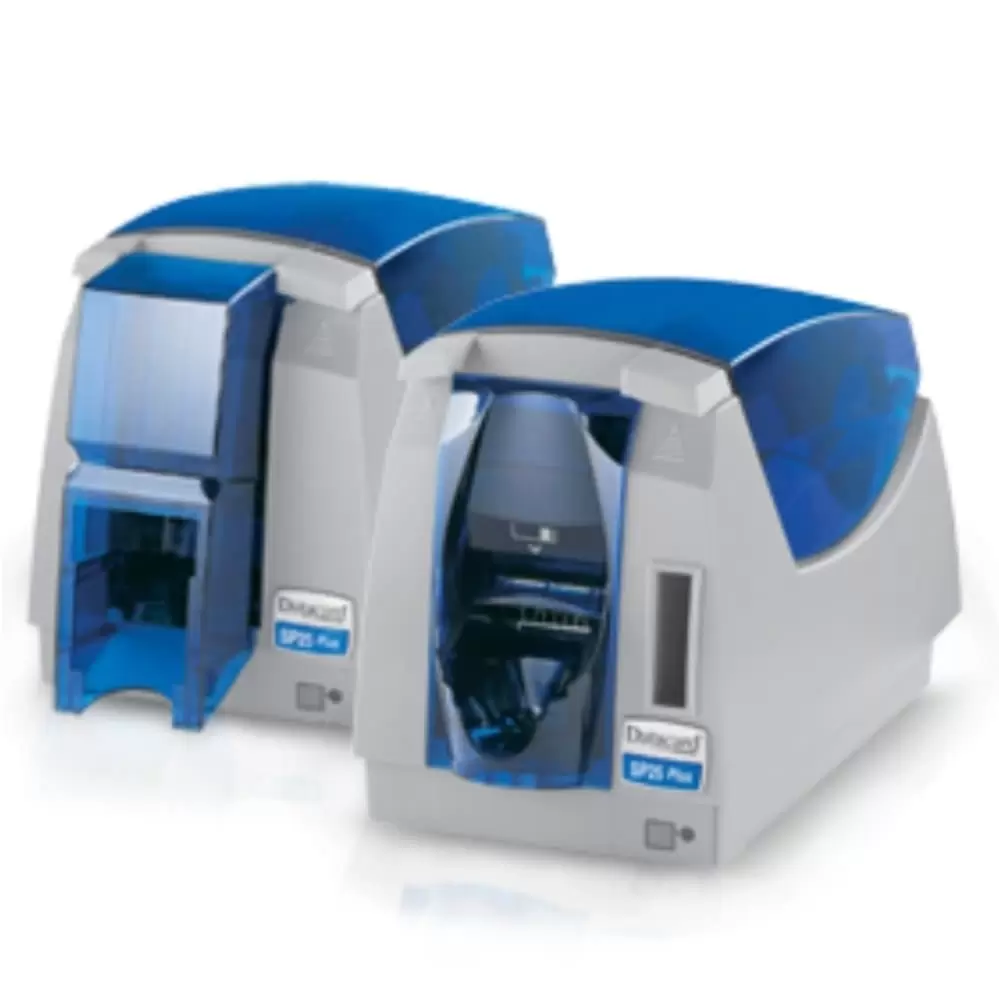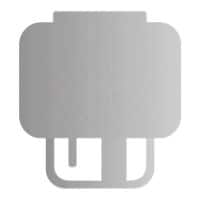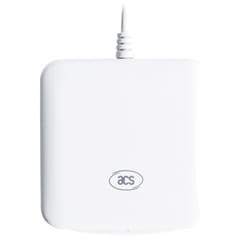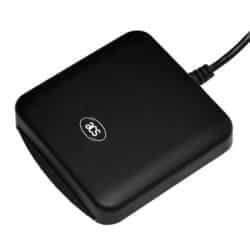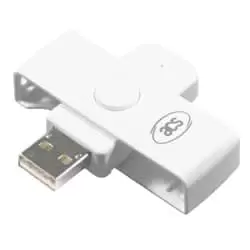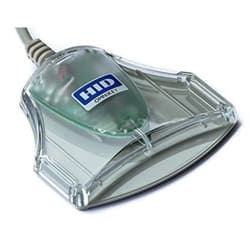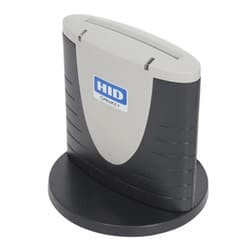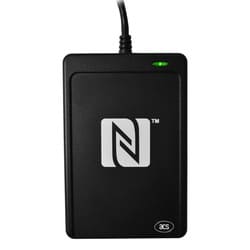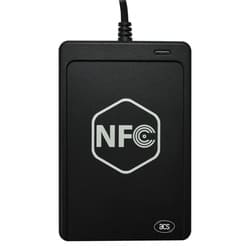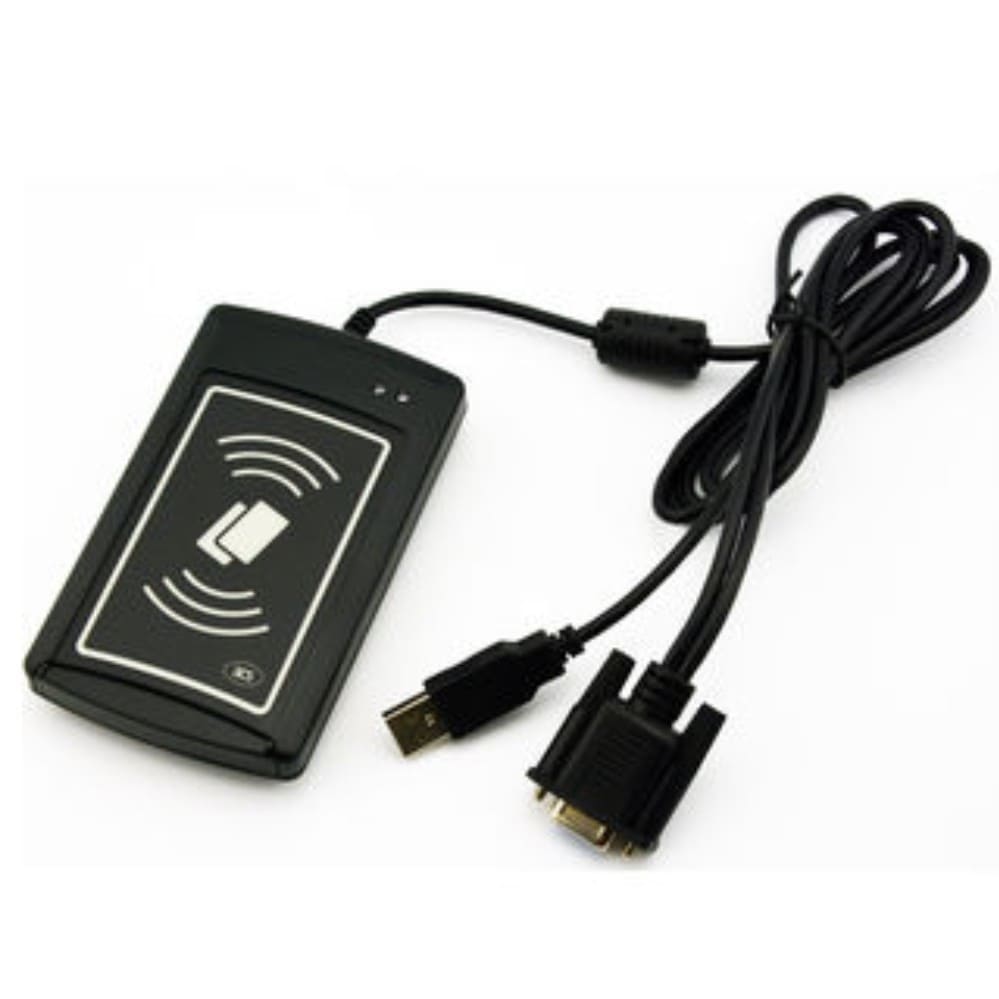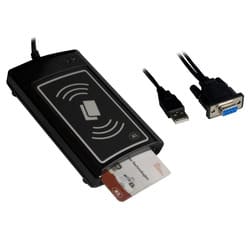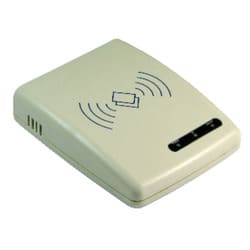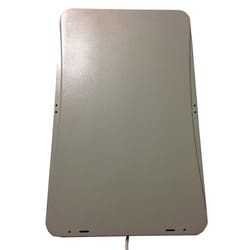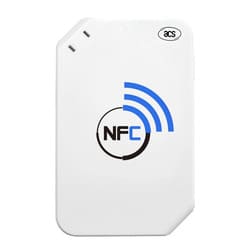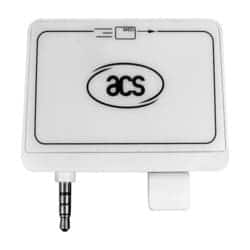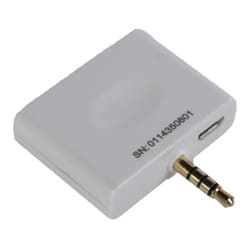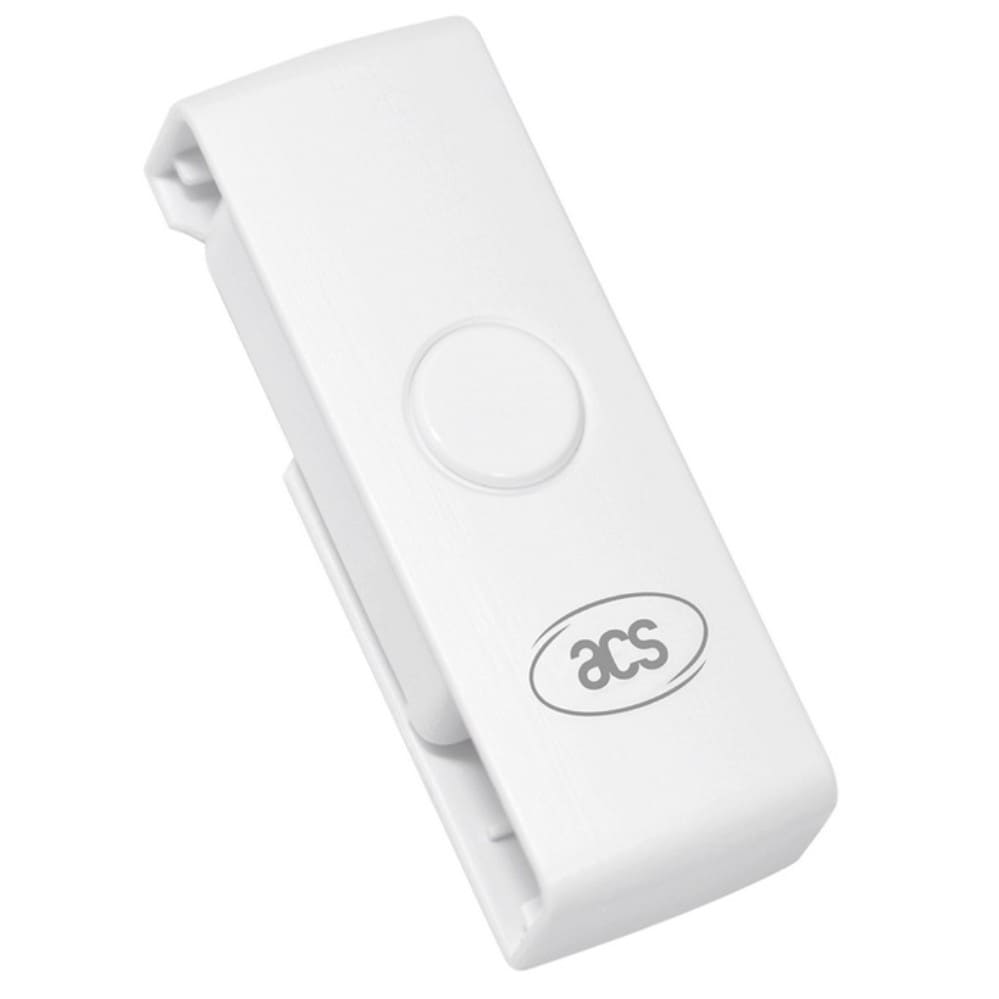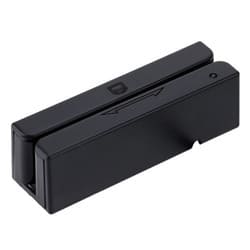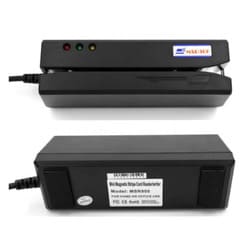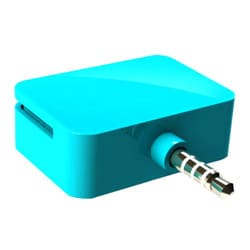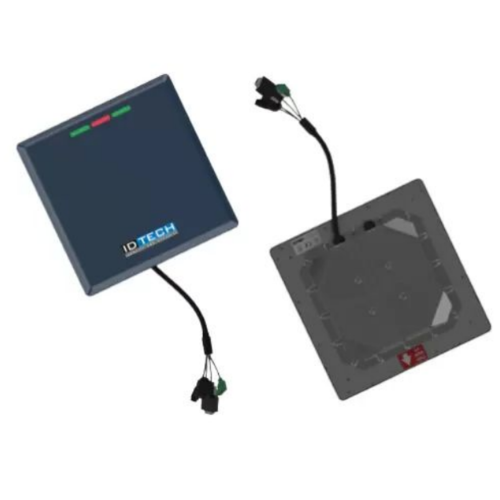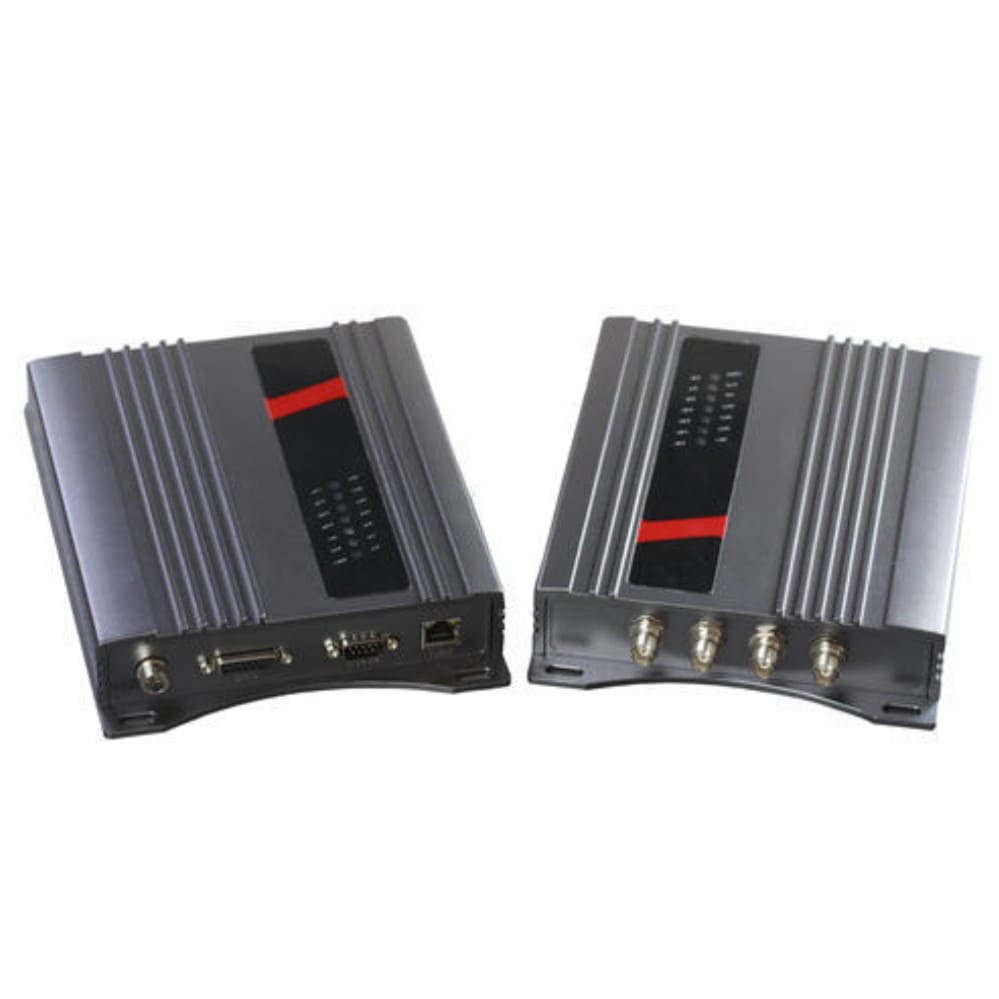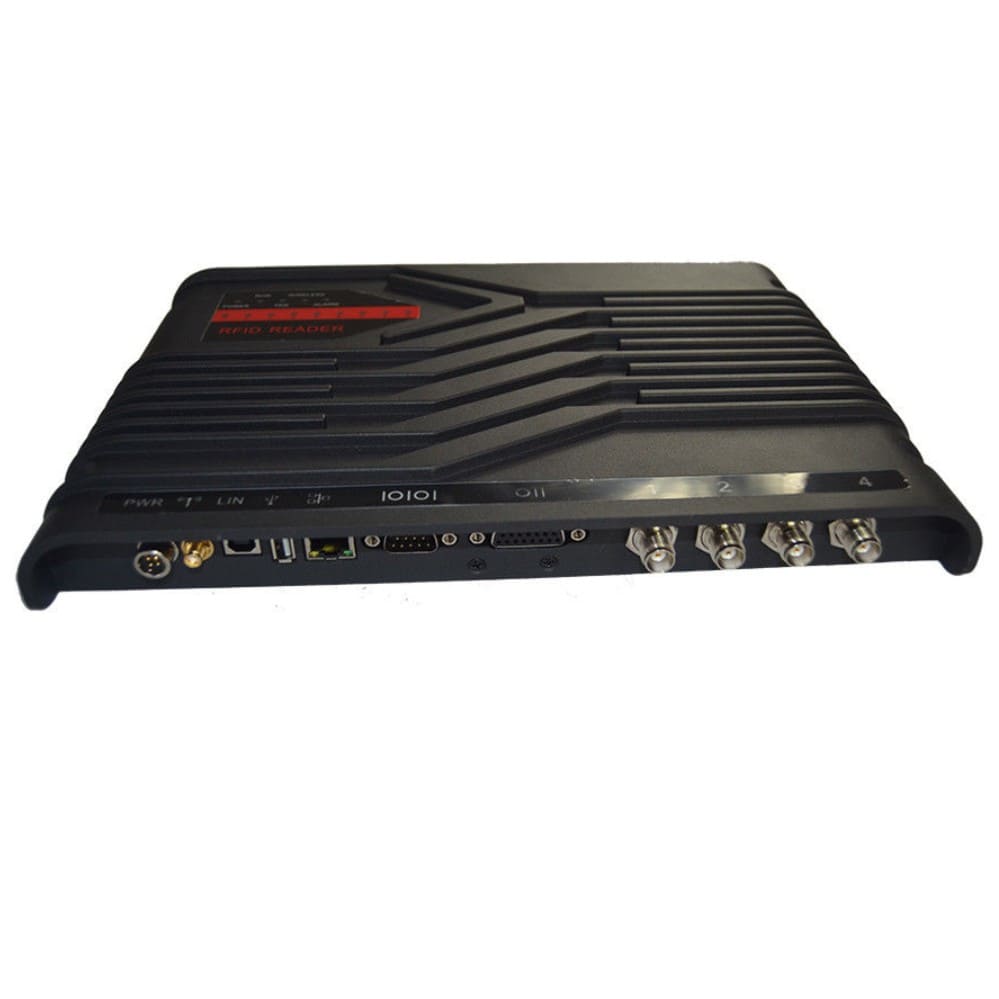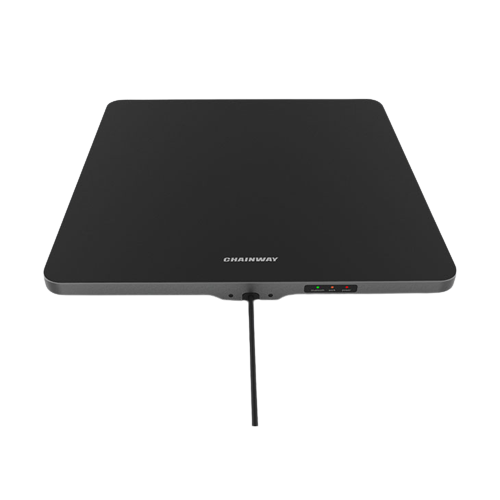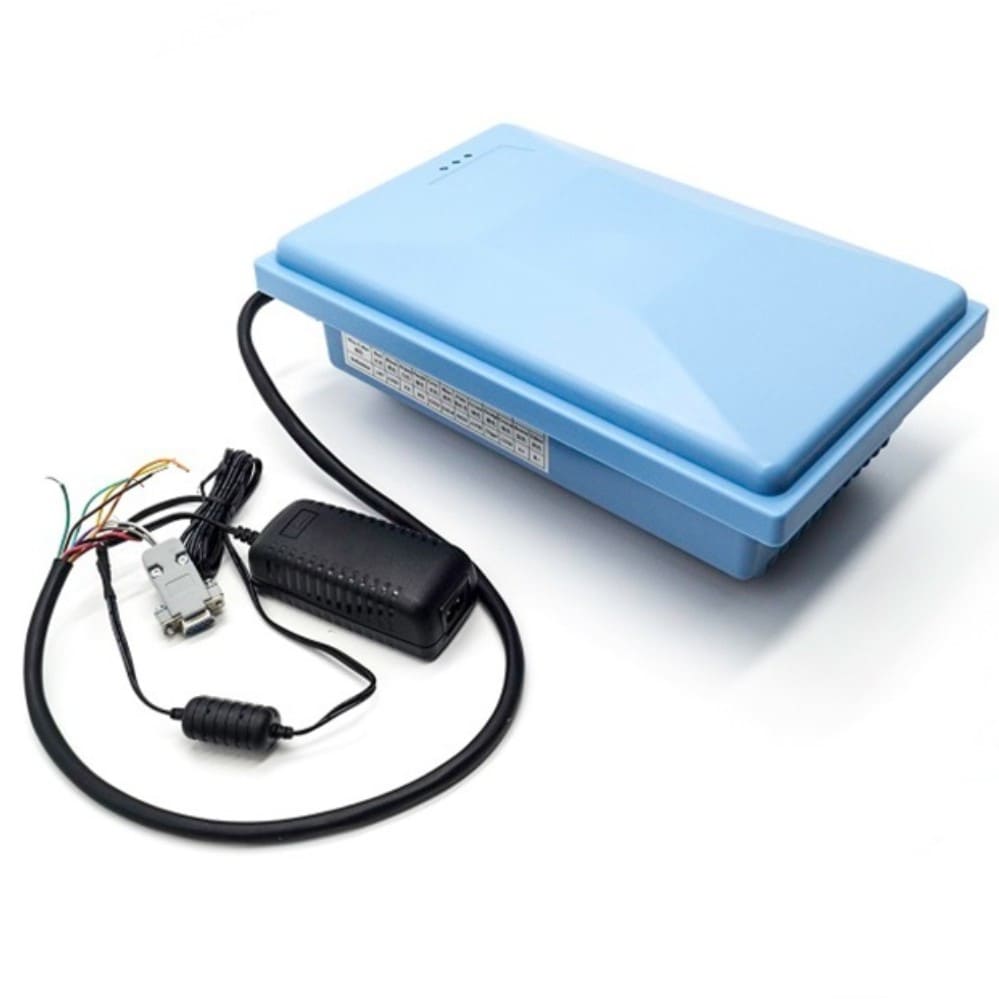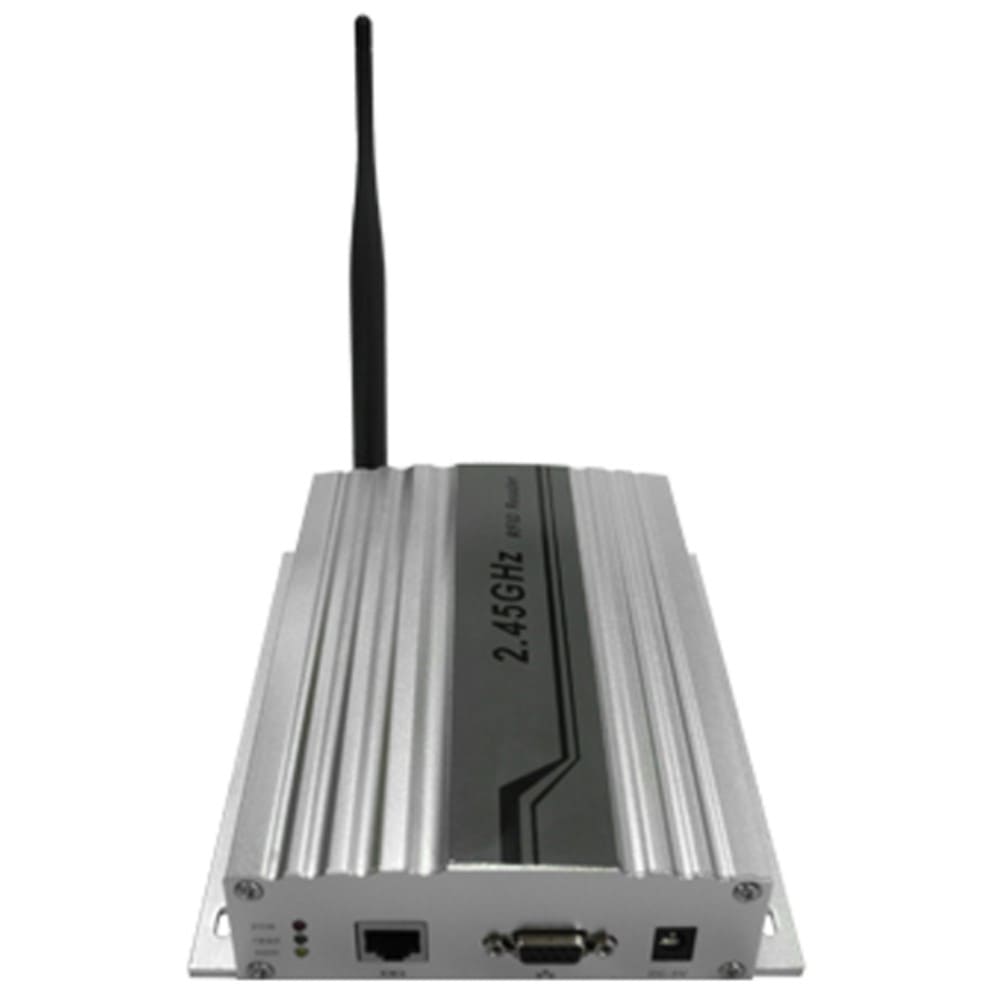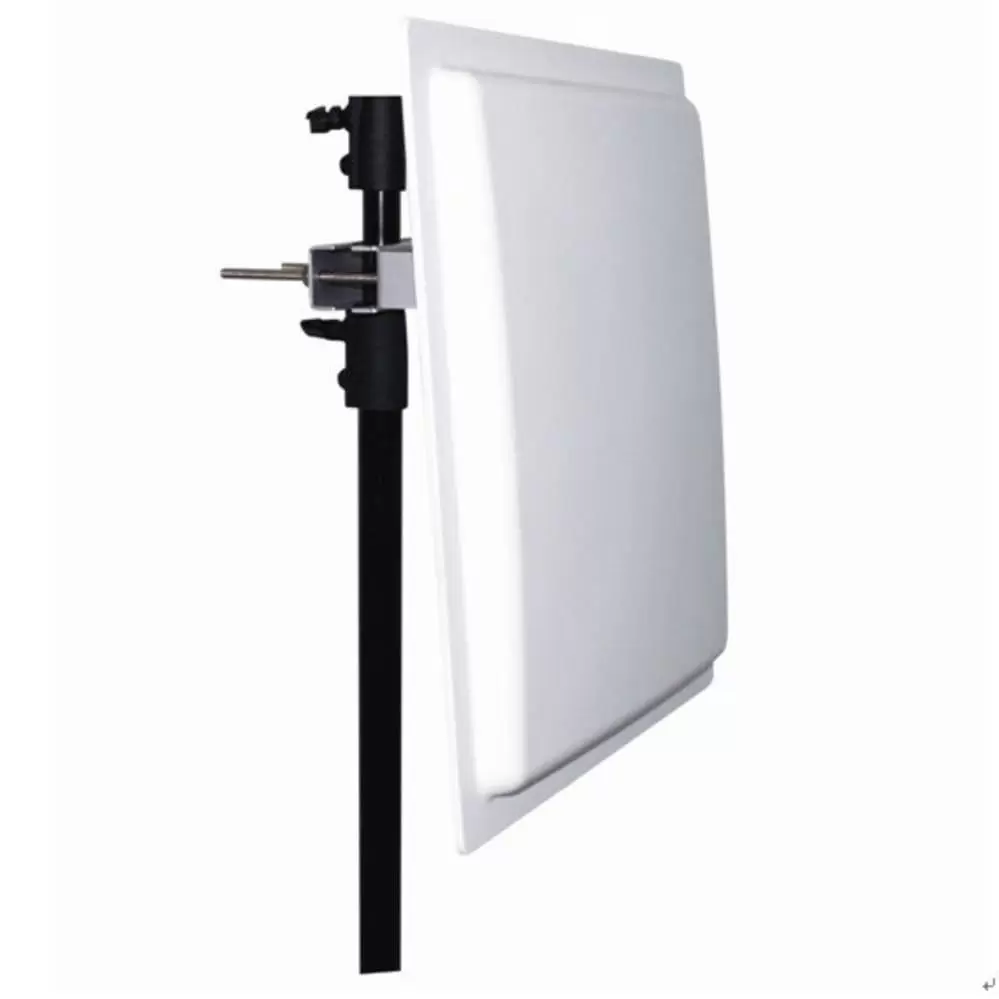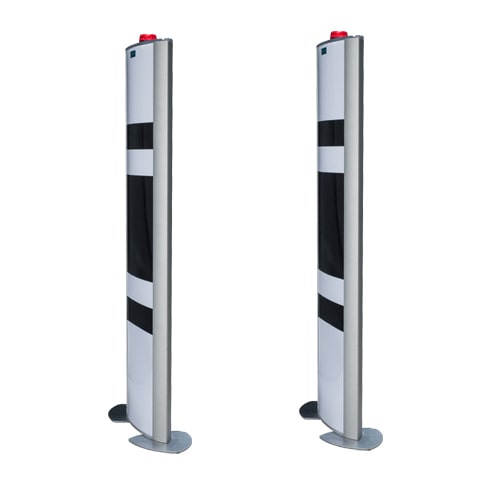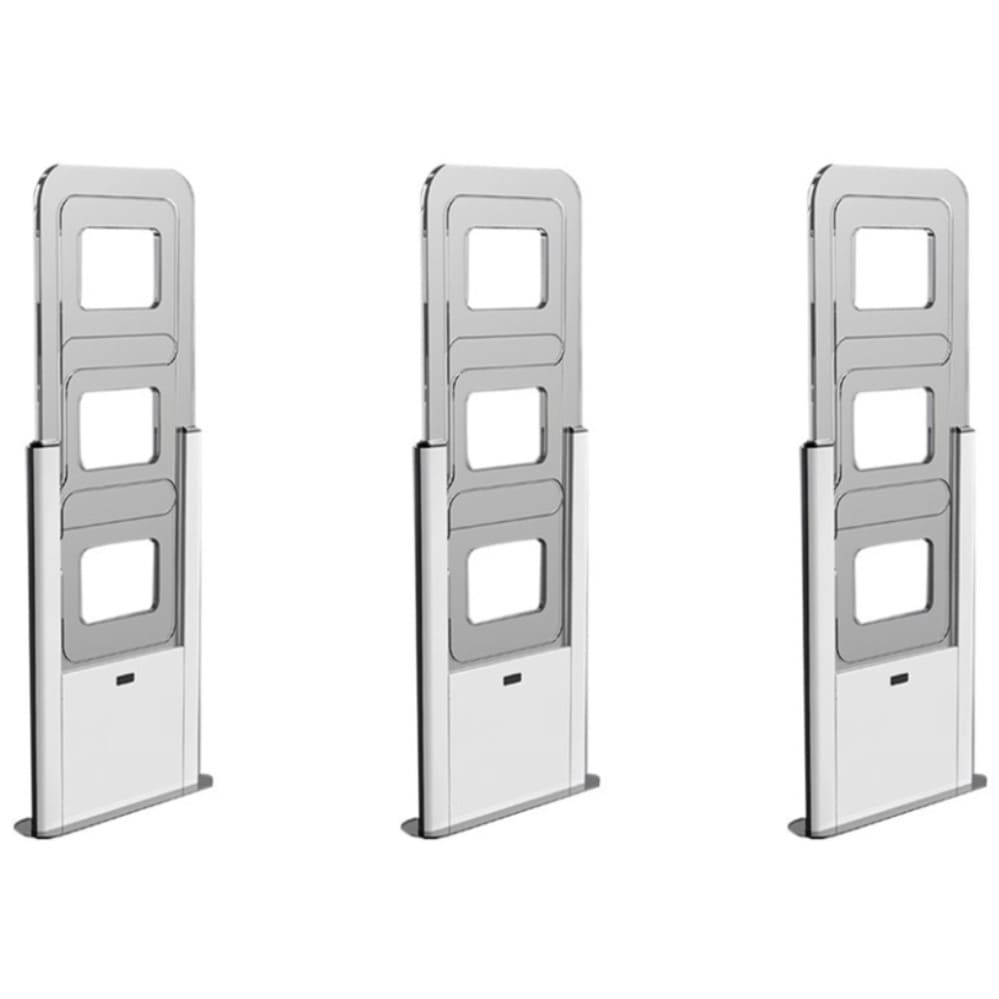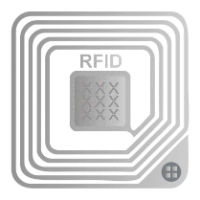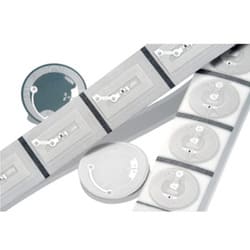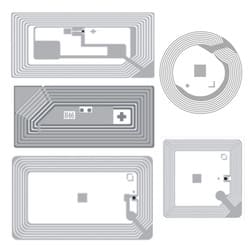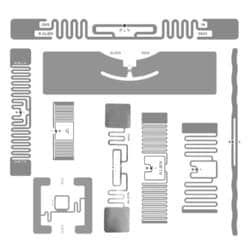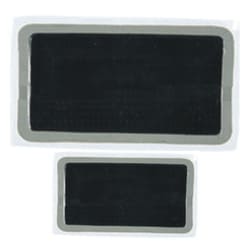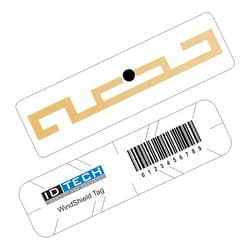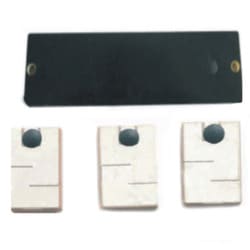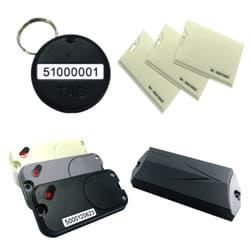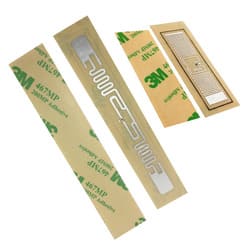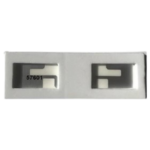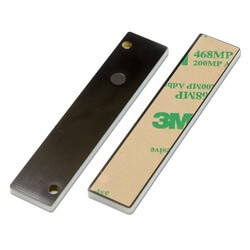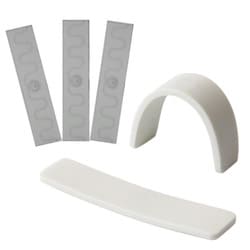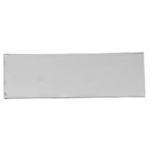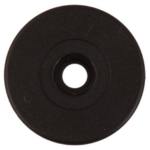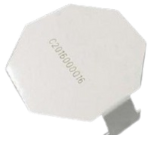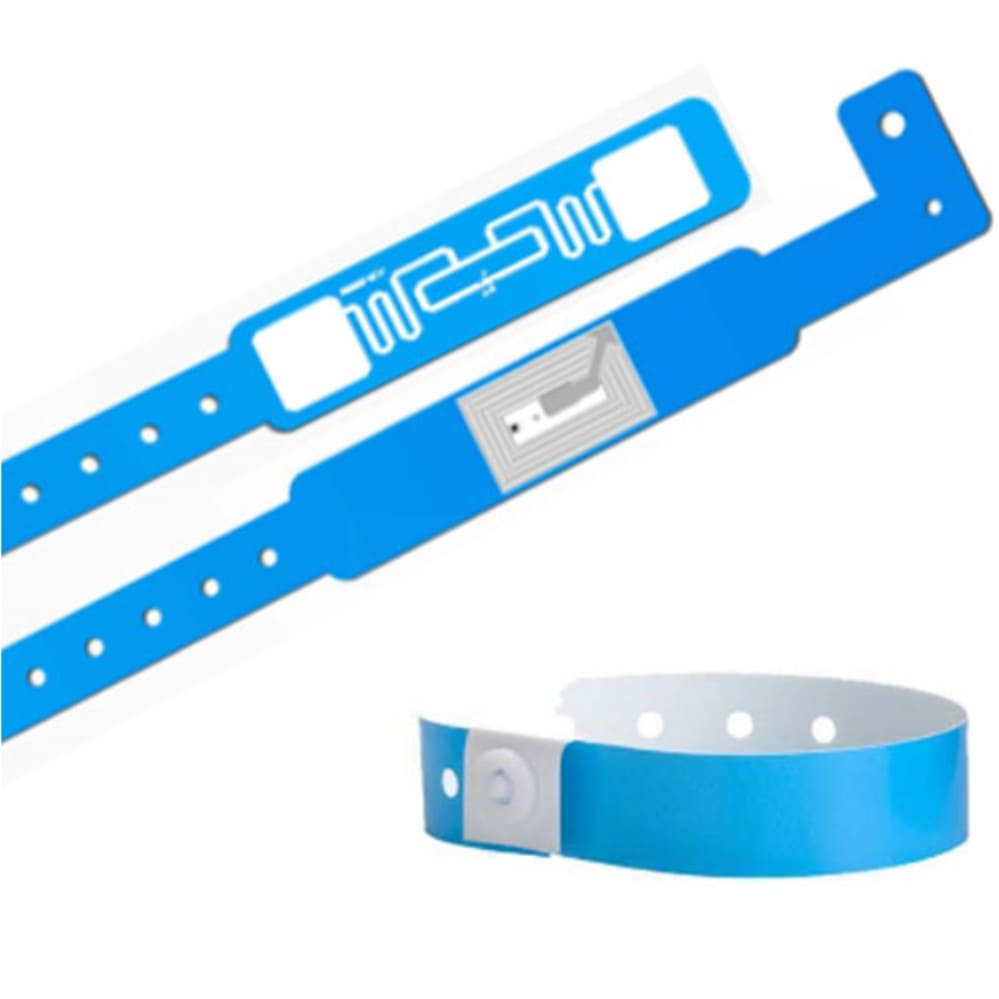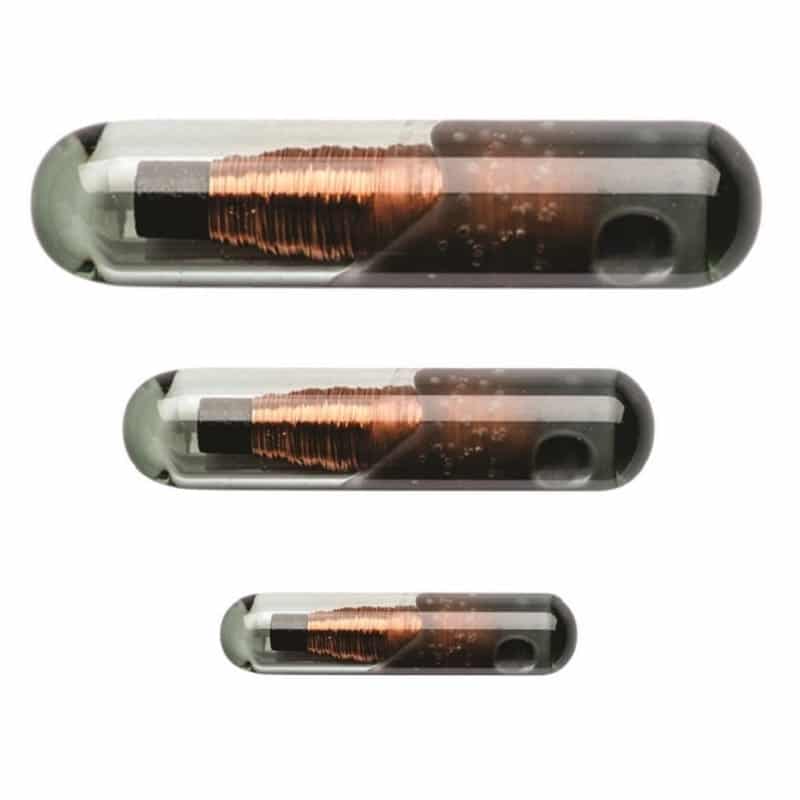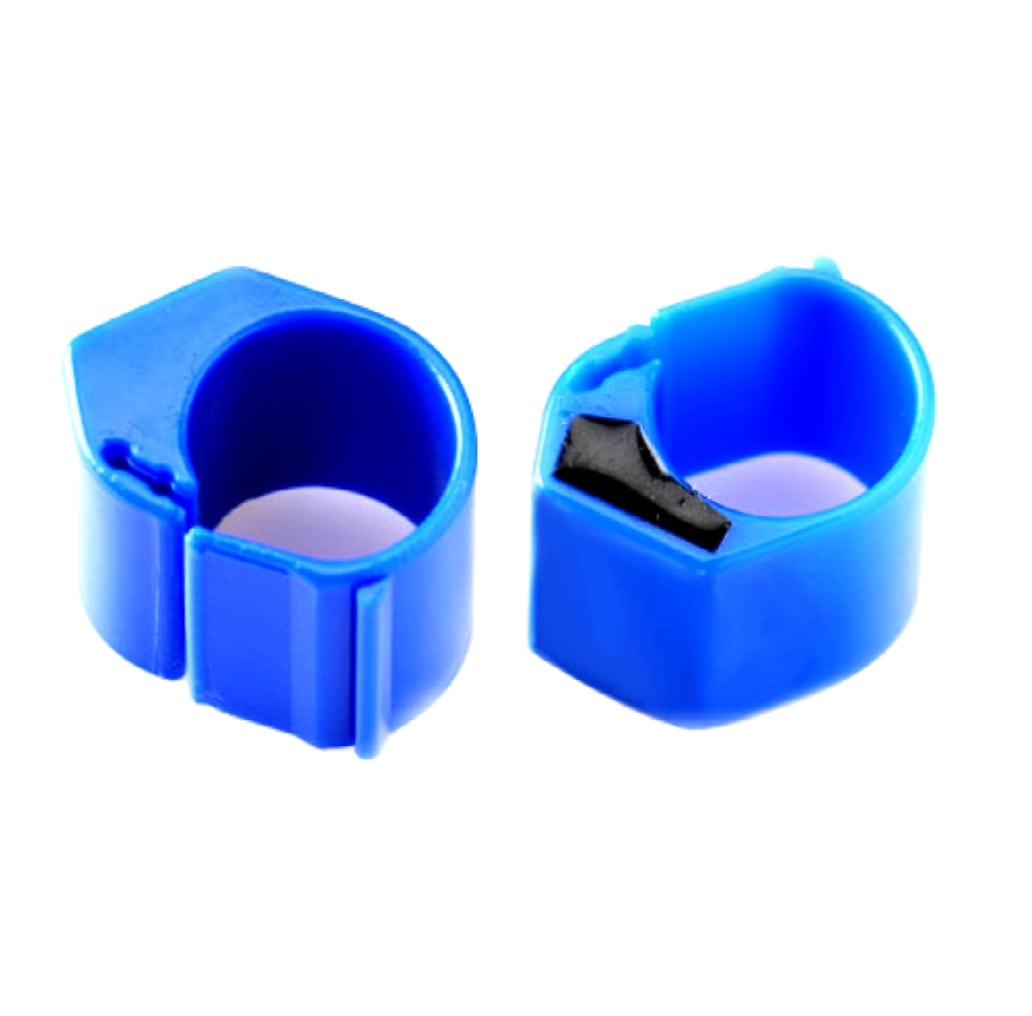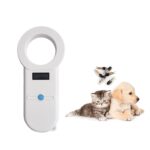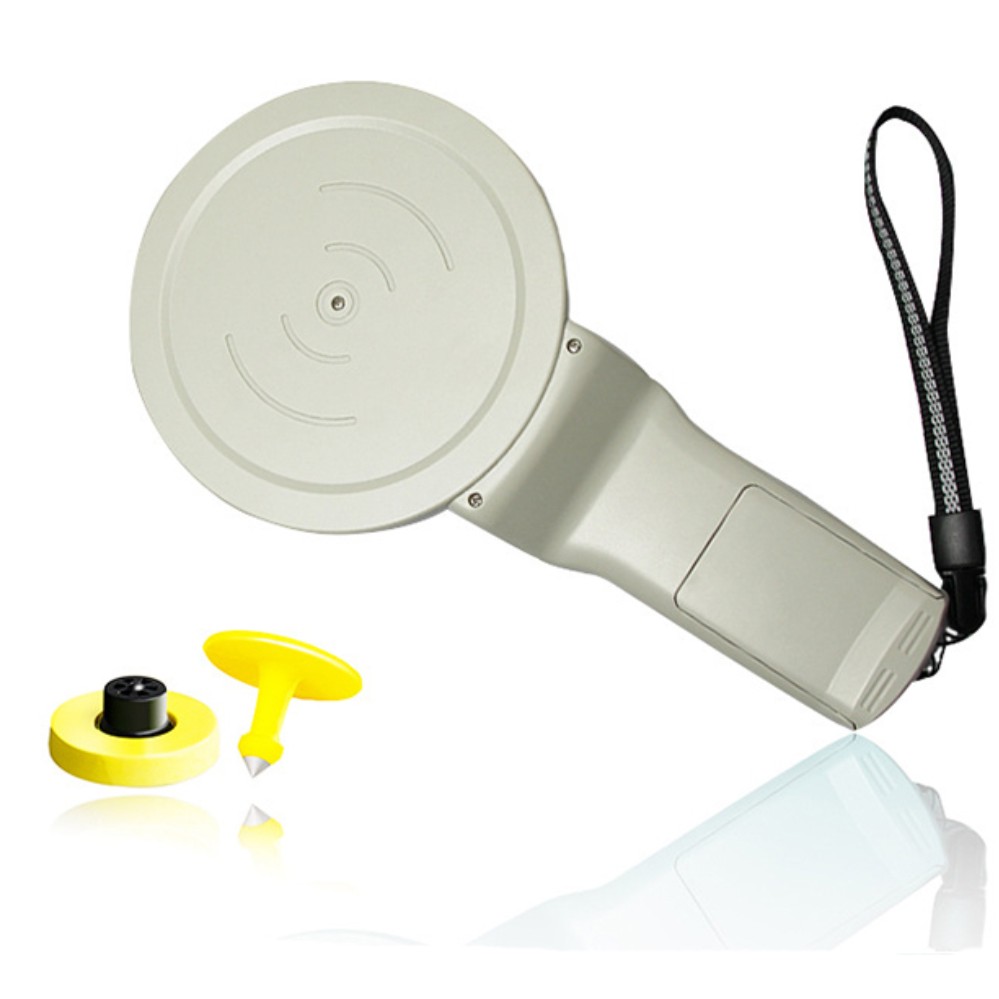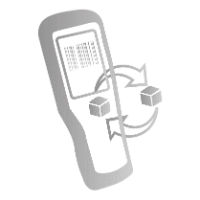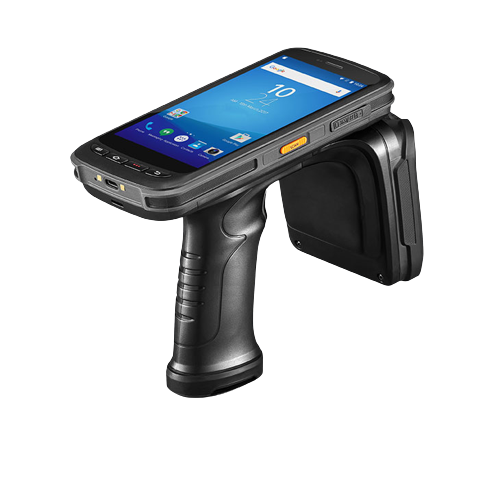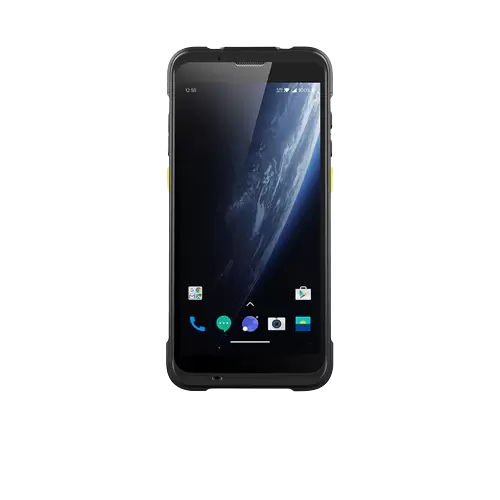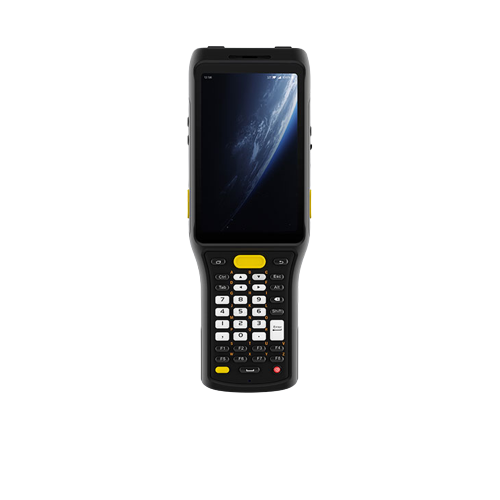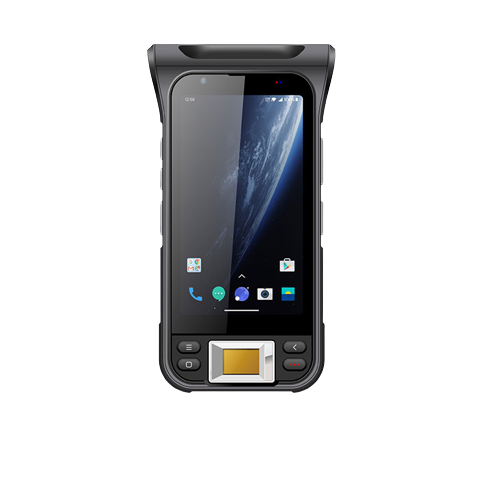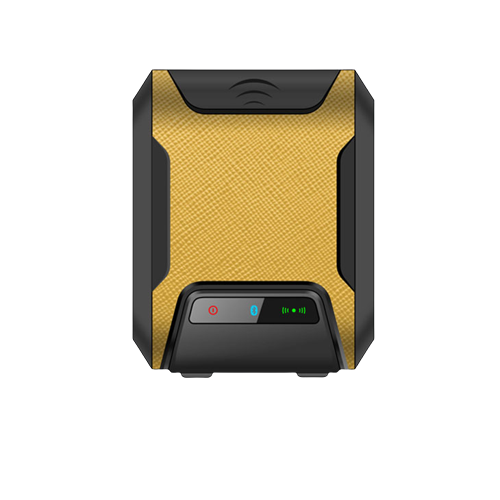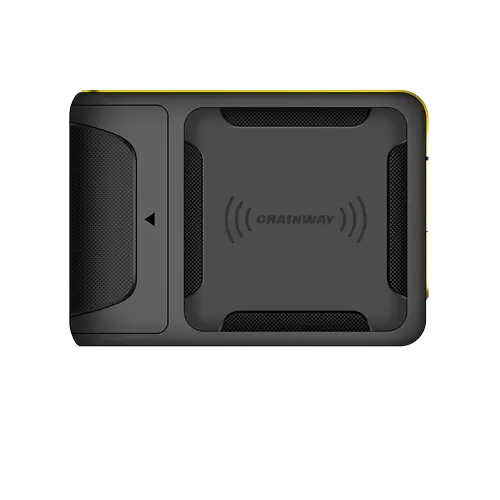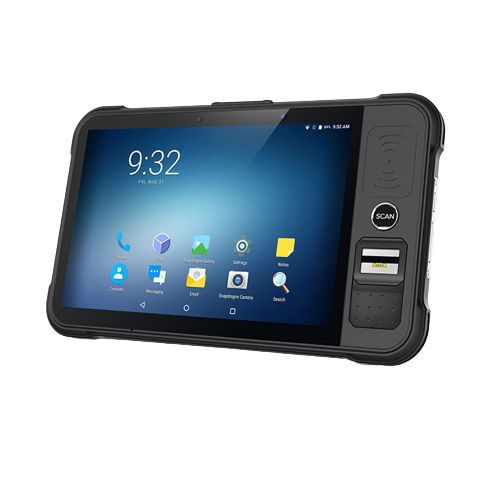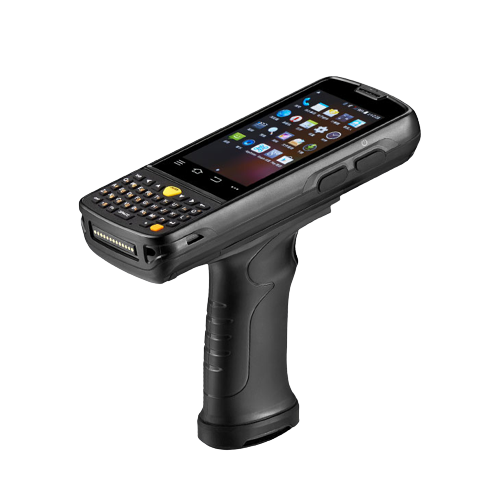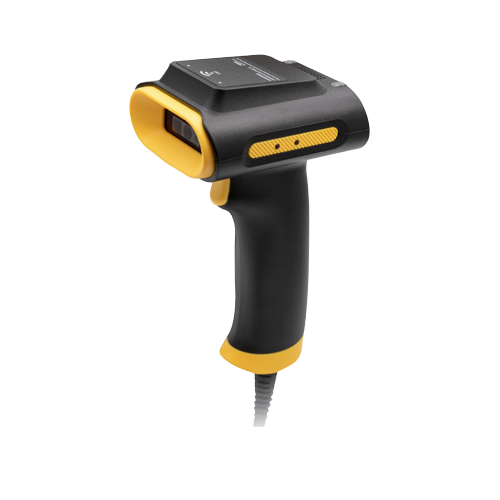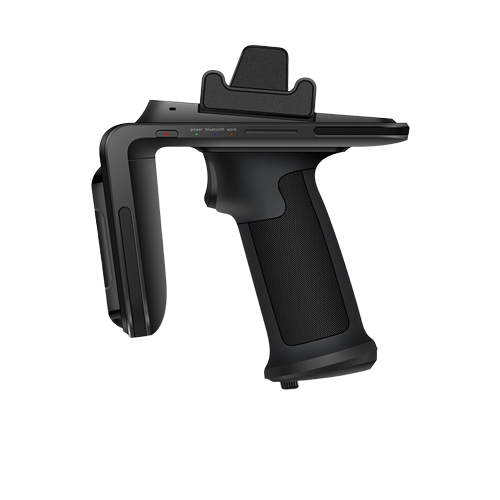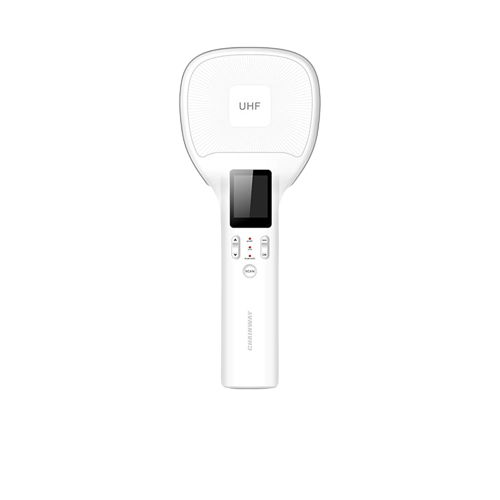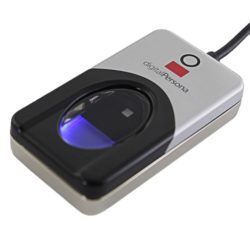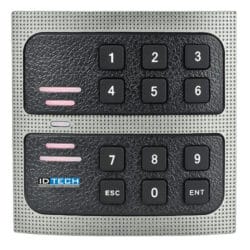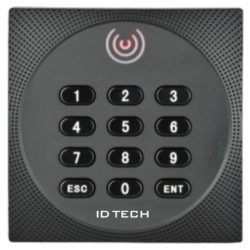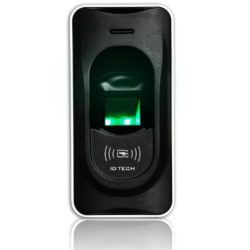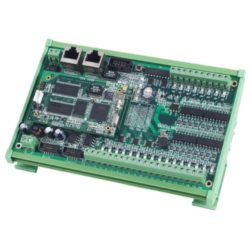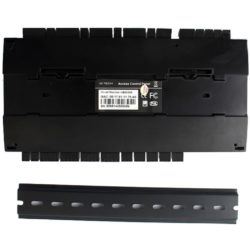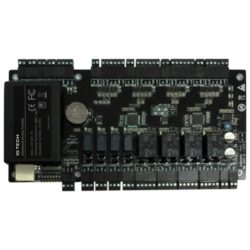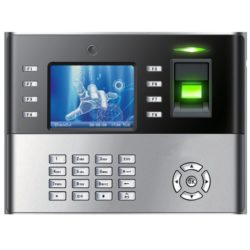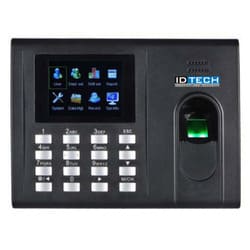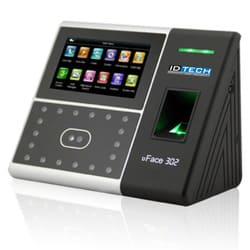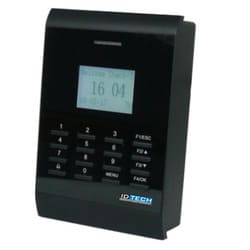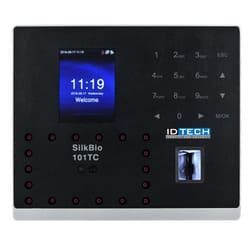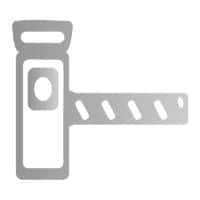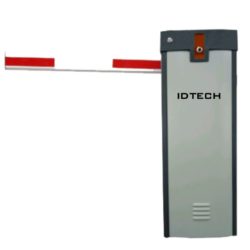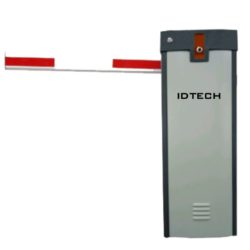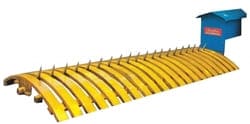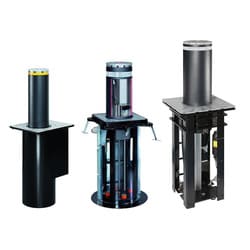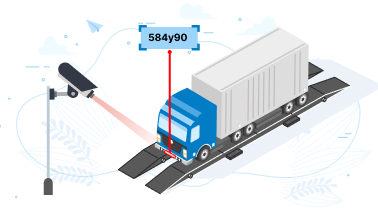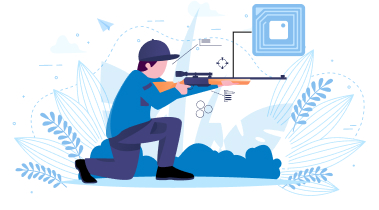Maximizing RFID Efficiency: 5 Key Factors Affecting Read Range
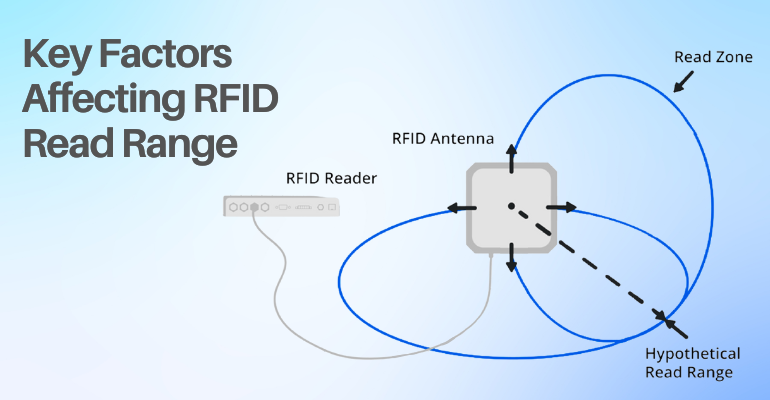
RFID tags use radio waves to transmit data about an item to a combination of antenna and reader. Typically lacking a battery (unless specified as Active or BAP tags), RFID tags rely on radio waves emitted by the reader to function. When the tag receives the transmission from the reader or antenna, the energy flows through the internal antenna to the chip of the tag. This energy activates the chip, which then modulates the energy with the desired information and sends a signal back to the reader or antenna.
The effectiveness of this communication depends significantly on the read range of the RFID tag, which is influenced by several factors. Understanding these factors can help optimize RFID systems for various applications.
Here are five key factors that affect RFID tag read range:
1. Tag SOAP Optimization:
Beyond the general understanding of Tag SOAP, there are advanced strategies to maximize RFID system efficiency:

- Tag Size: It is worth noting that taking into account factors beyond size when customizing tag dimensions can potentially enhance signal transmission performance. For instance, tailoring the tag size to the item’s dimensions may be a valuable consideration to explore.
- Tag Orientation: Optimizing tag orientation and angles can significantly improve read accuracy. Understanding the ideal orientation for each application ensures consistent and reliable data capture.
- Tag Attachment: The attachment method is more than just a means of affixing the tag. It also influences signal integrity. To ensure optimal communication with the reader, it is crucial to choose a secure attachment method for the tag, such as adhesive or enclosure. This guarantees that the tag remains in place and won’t get dislodged, resulting in a smooth and efficient reading process.
- Tag Placement: When planning strategic tag placement, it is important to consider potential interference from other electronic devices in addition to physical obstructions, as careful planning can improve overall system reliability by mitigating signal disruptions.
2. Environmental Considerations:
In addition to extreme temperatures, moisture, or dust, advanced environmental considerations include:
- Chemical Exposure: Certain industries involve exposure to chemicals that can degrade tag materials. Choosing tags that have resistance to particular chemicals can help to ensure their longevity in challenging environments.
- UV Resistance: For outdoor applications, considering UV resistance becomes crucial. Tags that can withstand prolonged exposure to sunlight without deterioration are essential for maintaining performance over time.
- Vibration and Shock Resistance: To ensure your RFID tags have a long lifespan, it’s important to choose ones that can withstand high levels of vibration and mechanical shock. Please make sure to do it, as failure to do so may cause it to fail earlier than expected. So, be confident in your choice of RFID tags by selecting those specifically designed to endure these conditions.
3. Antenna Gain:
Although increasing the antenna gain can enhance the read range, finding the optimal balance requires careful consideration:
- Application-Specific Gain: Adjusting antenna gain according to specific application needs is crucial. High gain may lead to unwanted signal distortions and reflections.
- Interference Mitigation: “Antennas with higher gain may be more prone to receiving interference.”. Implementing additional measures, such as shielding or frequency adjustments, can help mitigate these effects.
- Dynamic Gain Adjustment: In environments with fluctuating conditions, adjusting antenna gain dynamically can optimize performance.
4. Cable Length and Signal Integrity:
Ensuring optimal cable length from the Antenna to the RFID Reader involves considerations beyond the physical distance:
- Cable Quality: The signal integrity of the RFID reader is directly impacted by the quality of the cable connecting it to the antenna. High-quality cables with proper shielding prevent signal loss and ensure reliable communication.
- Impedance Matching: It is crucial to match the impedance of the cable to the specifications of the RFID system. Mismatched impedance can lead to signal reflections and degradation.
- Installation Practices: By following proper installation techniques, you can ensure that your cables have uninterrupted signal integrity throughout their length. Minimizing cable bends and avoiding sharp angles are some of the key practices that can help you achieve this.
5. Antenna Polarization:
Optimizing antenna polarization involves more than just selecting between linear and circular options:
- Switchable Polarization: Implementing switchable polarization in RFID systems provides flexibility. This allows adapting to change in tag orientation or environmental conditions, enhancing the adaptability of the system.
- Diversity Antennas: Using multiple antennas with different polarizations can improve system reliability in dynamic environments. “The presence of different tag orientations reduces the impact of changes in tag orientation.”
- Real-Time Adjustments: In applications where tag orientation is variable, having the capability to adjust antenna polarization in real-time based on the observed tag orientation enhances overall system reliability and performance.
Diverse RFID Tags:
In conclusion, understanding the factors affecting RFID tag read range is essential for designing effective RFID systems. Hundreds of RFID tags are available in various shapes and sizes, featuring options specific to environments, surface materials, and applications. Choosing the ideal tag for the specific application, environment, and item material is crucial for optimal performance. By considering frequency, antenna design, environmental factors, reader power output, and tag orientation, businesses can enhance their RFID implementations, leading to improved inventory management, asset tracking, and overall operational efficiency. Embracing these insights allows organizations to maximize the benefits of RFID technology, ultimately supporting their objectives in today’s data-driven landscape.






